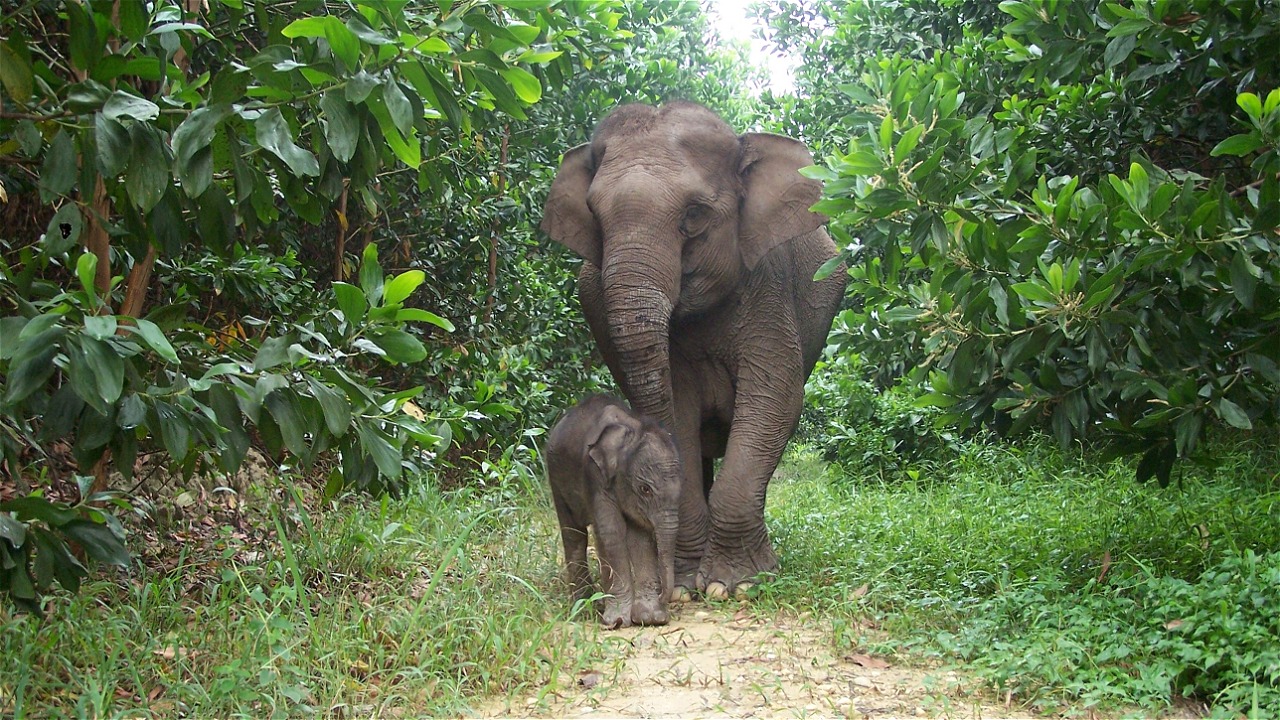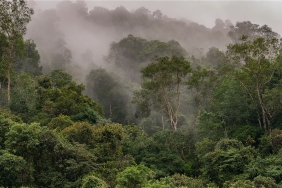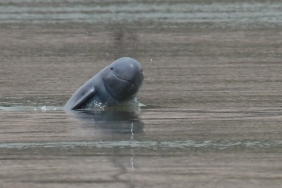ELEPHANTS AND ELECTRIC FENCING
Two more elephants died in Aceh on October 15, 2017. From various information, it is suspected that the deaths were due to electrocution by electrified fence wires. Regardless of whether the elephant deaths were due to electrocution or not, the phenomenon of elephant deaths due to electrocution, especially from the installation of electrified wire called electric fence for wildlife is the 4th highest cause of elephant deaths after poisoning techniques, gun hunting and disease, in the last three years.
Elephant deaths from these cases are not new. In February 2016, one female elephant was killed by this electric fence because the electrified wire was connected directly to a 220-volt generator (power supply) used to prevent wildlife from entering the palm oil plantation of a 1 ha family in Duri, Riau.
The electric fence technique for avoiding wildlife considered pests is not new, it has been used by people for the past ten or twenty years. But in the last 10 years, electric fencing is a technique that has come into common use in farms across Asia. It is easy to apply and nowadays the devices are easily available through online trading channels.
In Malaysia, this tool is widely used in large plantations and also as a wildlife conflict mitigation tool established by the government e.g. from the Malaysian Perhilitan Agency (local Conservation Center). In Sri Lanka and India, electric fences are widely used in communities to avoid gardens from wildlife attacks, especially elephants. The use of wire varies, the simplest being one line, up to 4 lines. The point is, in some places, it is quite effective as a wildlife avoidance device or as a conflict mitigation tool.
Electric fencing is built on the strategy of the psychological effects of electrified wire. The aim is not to be lethal but rather to provide a shock effect. By default, it is equipped with a voltage booster of up to 50,000 volts and is set in AC/DC. So the use of batteries (batteries), voltage boosters, wires that reach a length of more than 1 km, support poles covered with resistors (for the purpose of electricity flow not reaching the ground) are the basic devices of this tool.
In theory for the Sumatra region, it is recommended not to be used to limit gardens with wildlife but as a residential barrier to wildlife as the first priority. Only then used for gardens as a second priority. The use of this tool must also be careful, because a mistake in the installation will not produce a shock effect, but instead is deadly and dangerous to humans.
In the national Sumatran and Borneo elephant conservation strategy and various international strategic and policy directions in human-elephant conflict mitigation, electric fencing is one of the recommended conflict mitigation techniques. The advantage of this tool is that it is relatively easy to use, up to 100% efficient in avoiding elephant - human conflict and does not cause side effects such as the use of mercon which can cause forest and land fires.
The weakness of this tool is that in some places it is relatively expensive especially if you apply 4 wire lines in one installation. Then, the practice is lack of maintenance so that in many cases, this tool then does not work in the field, often chosen in a static placement, so that the dynamics of elephant - human conflict cannot be overcome and installation errors that cause the animal to finally die of electric shock.
Stakeholders, especially those related to wildlife conflict mitigation efforts, need to implement guidelines on the installation and use of these devices for the community. The goal is to ensure that the community is not misguided about the use of this mitigation tool. Socialization of this tool is carried out for companies and community planters who want to apply this tool in the field.
It is also important to prepare the community for alternative commodities that are not favored by elephants that have economic value and can be planted by managed communities. In Aceh, candlenut, lemongrass, pait cassava or coffee are recommended commodities to be planted in areas where elephants roam. These commodities have economic value but are not favored by elephants. Some locations are for example in Duri, Riau.
Communities no longer need to use elephant trenches and electric fences to prevent elephants from entering their gardens and damaging crops. They plant commodities that elephants do not like and they still let elephants enter the garden, and it turns out that elephants do not eat these commodities so losses are avoided.





